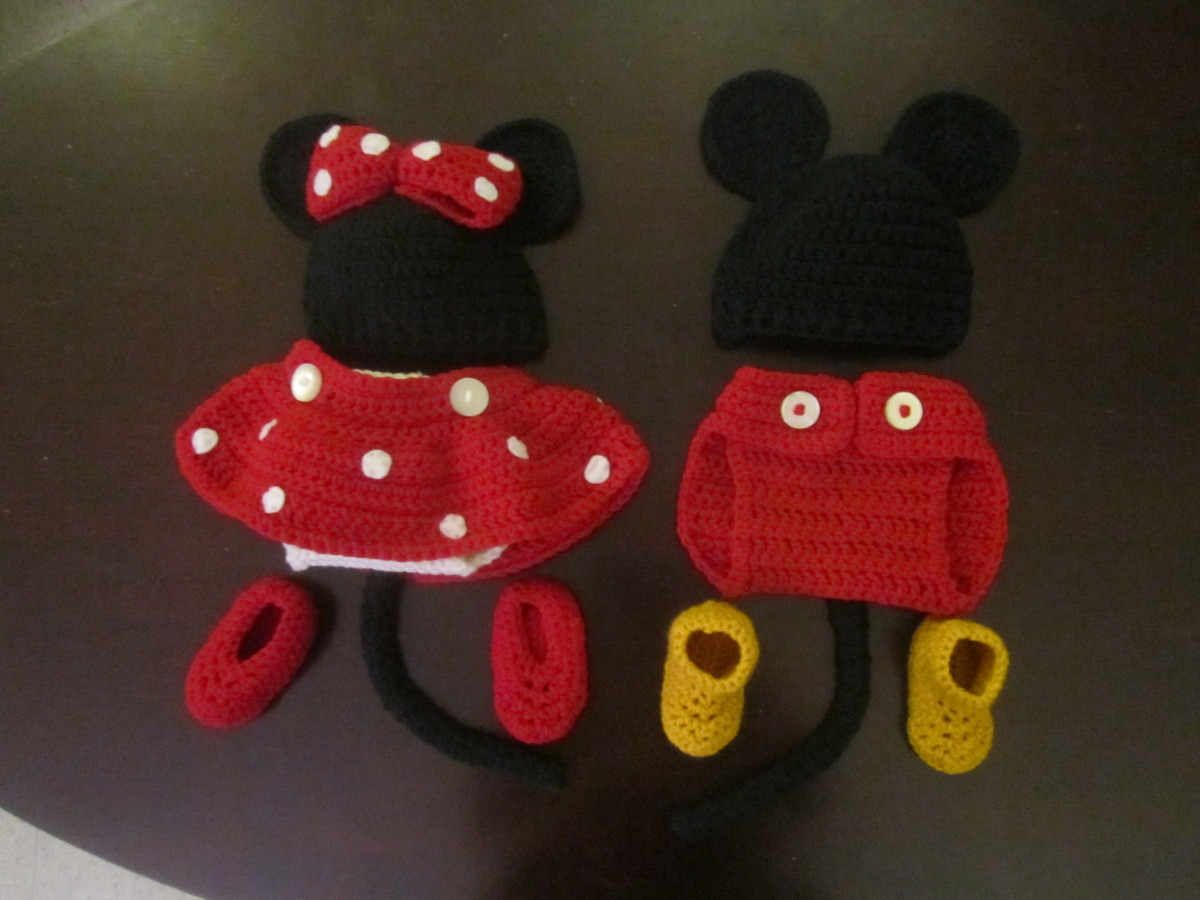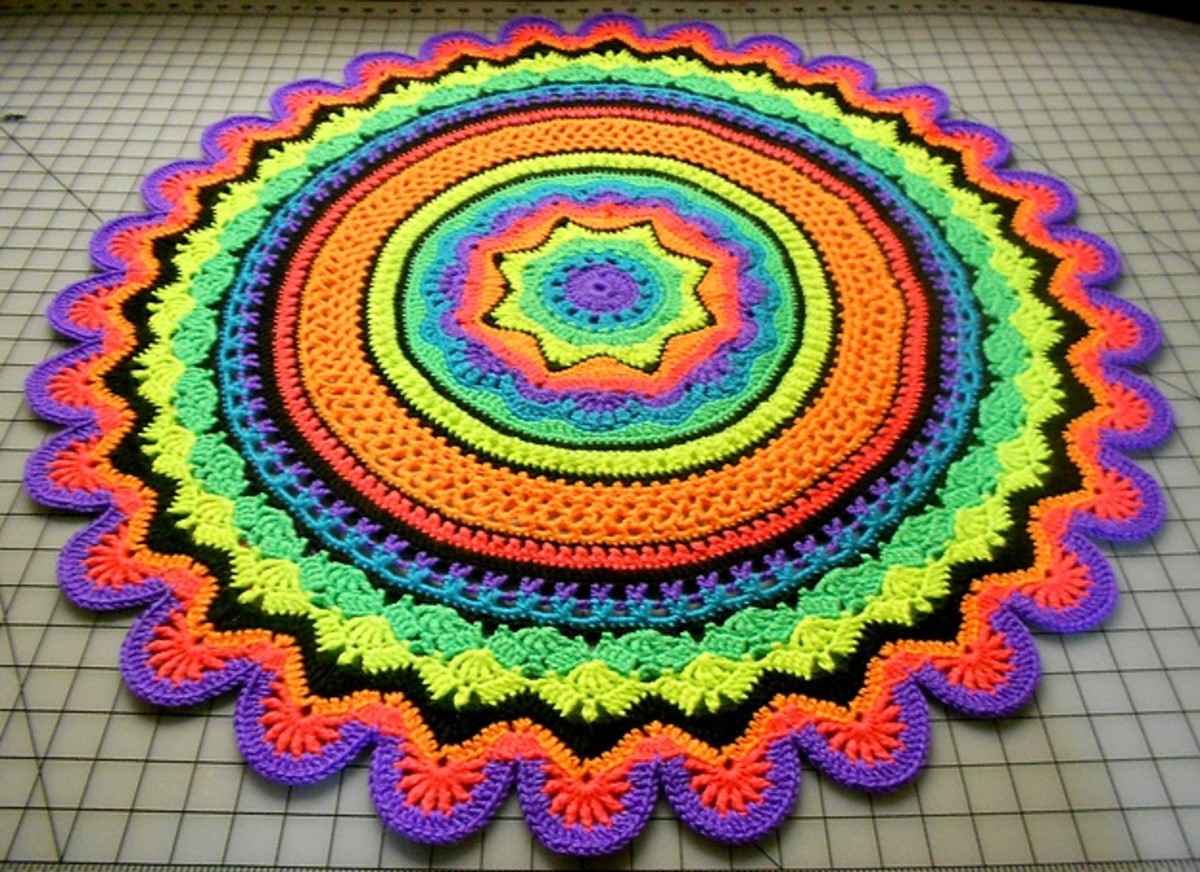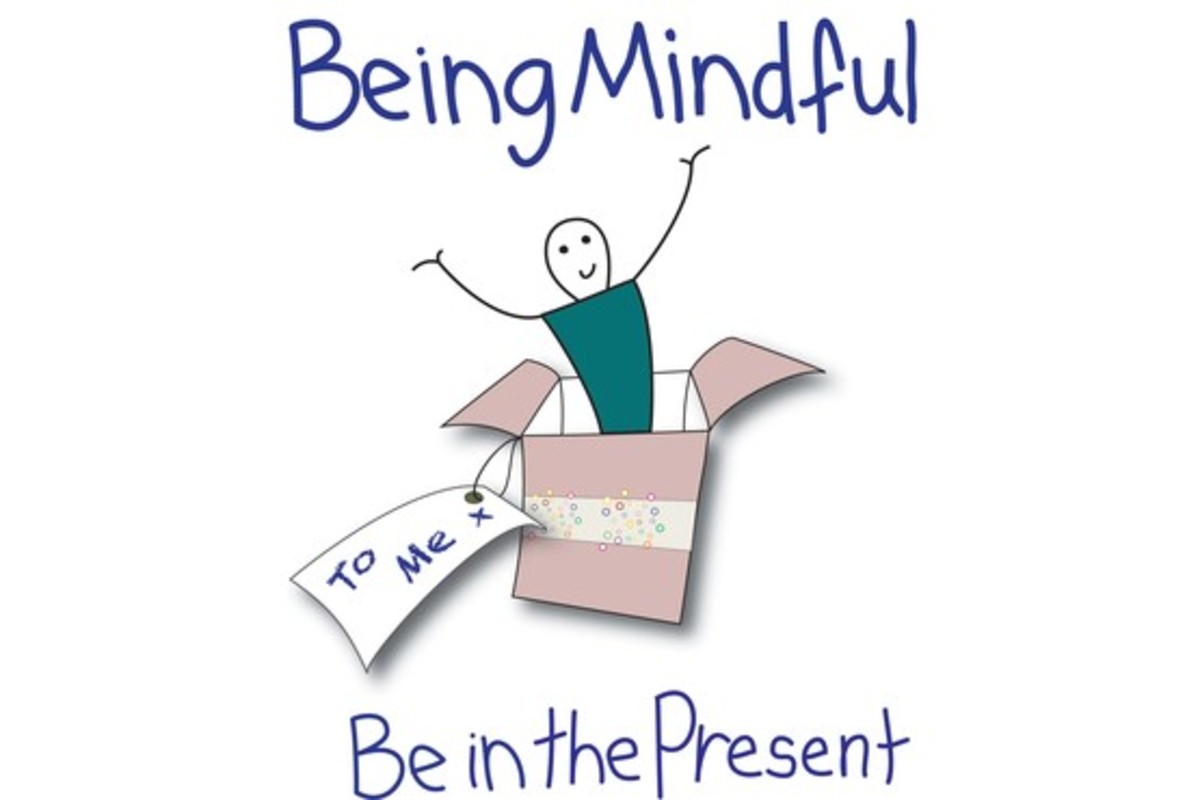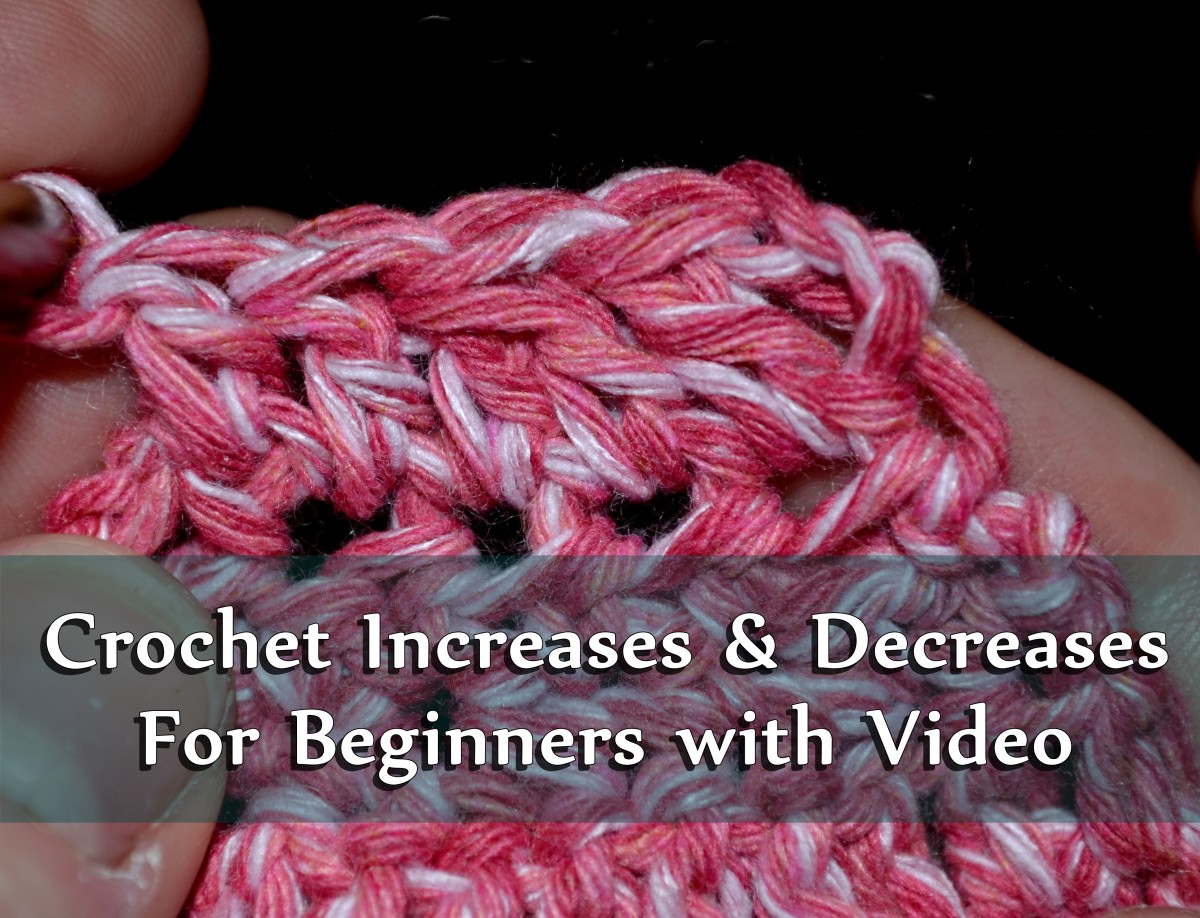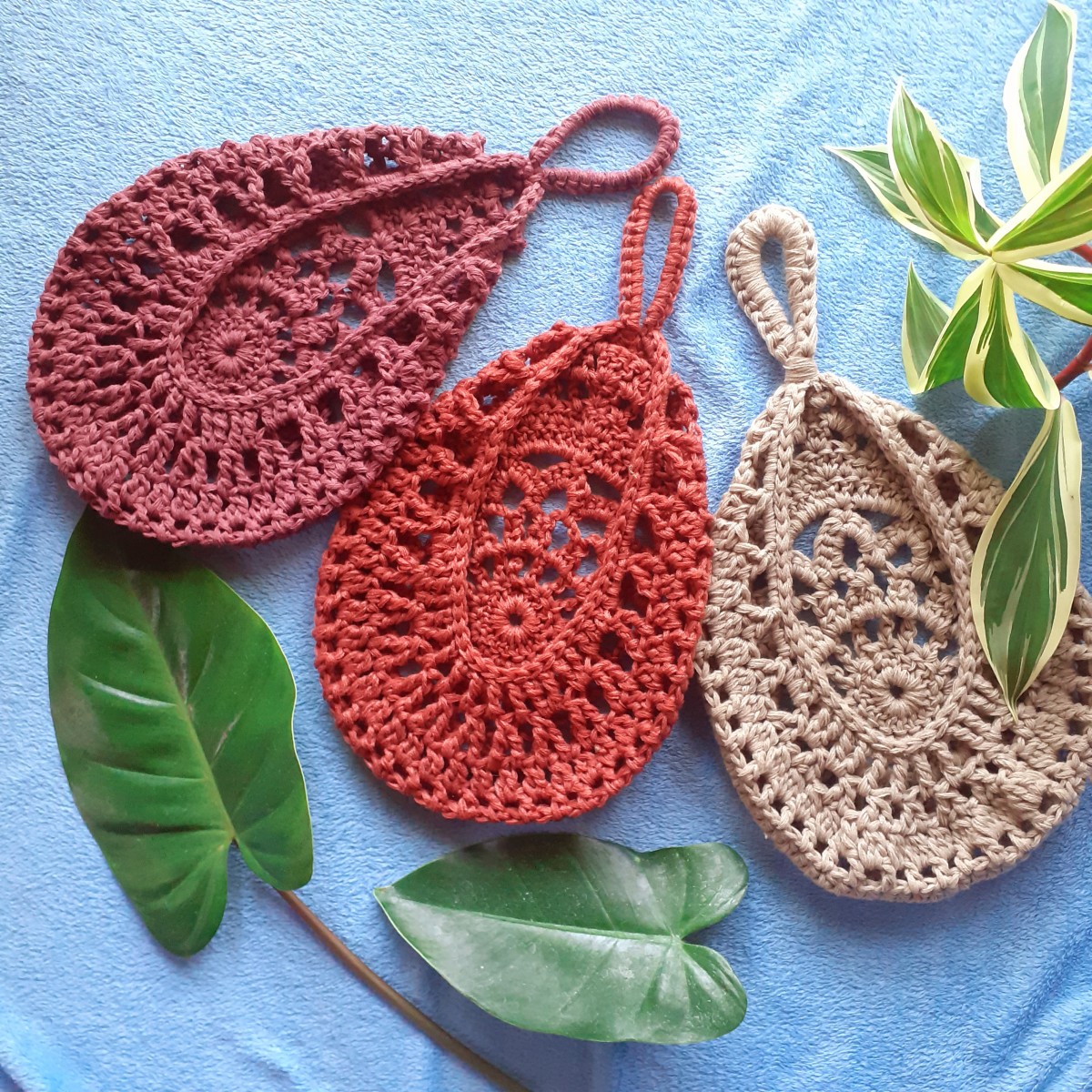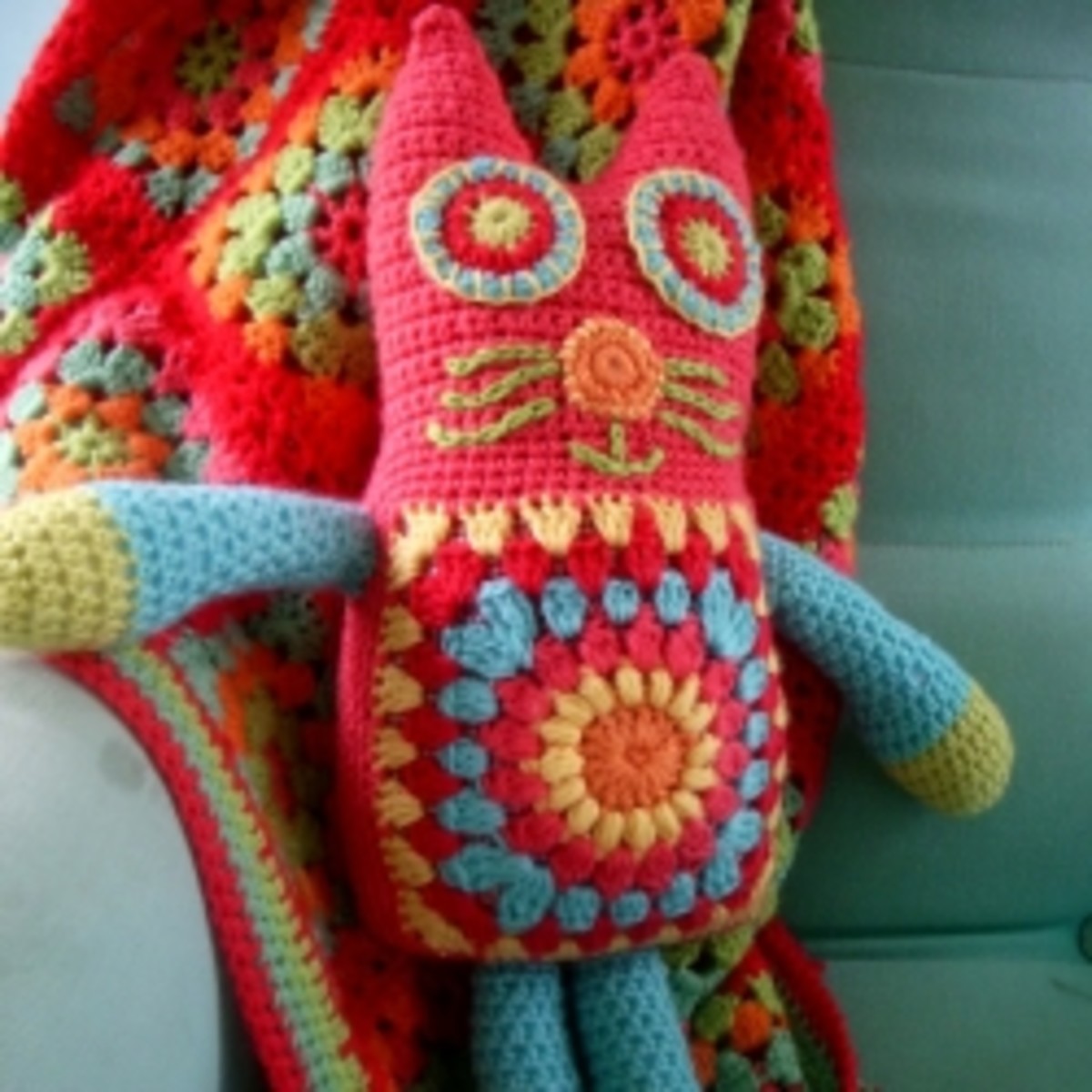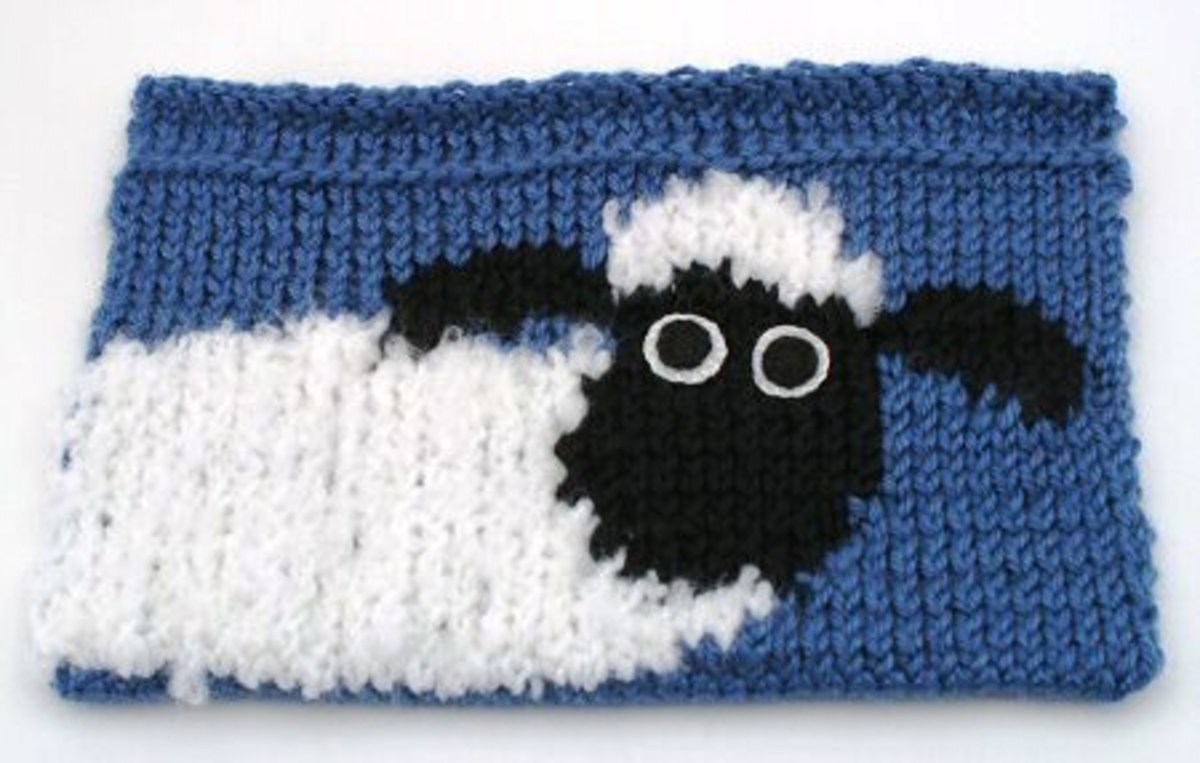- HubPages»
- Arts and Design»
- Crafts & Handiwork»
- Textiles
Crochet, Mindfulness and Healing
I have been doing a significant amount of research into the healing potential of the craft of crochet. One of the most interesting things that I’ve learned is how crochet can help with conditions like depression. A key way that this happens is through the act of mindfulness that can take place when someone is truly and actively involved in the creative act of crochet.
What is Mindfulness?
“Mindfulness is the state of mind where you are aware of yourself, your surroundings and relationship to those surroundings in the present moment. You are aware of pleasant and unpleasant sensations, which helps to put these feelings into context. Concentrating on the present moment means you’re not worrying about the past or fretting about the future. It is being used to successfully manage depression.” Stitchlinks
Stitchlinks is a group that has done extensive research into the role that needlearts (specifically knitting but crochet and cross stitch as well) have played in improving health. Mindfulness as a means to alleviating depression is one of the areas that this group has studied. This makes perfect sense because of the fact that a rhythmic, repetitive craft like crochet can be a terrific tool for achieving mindfulness and also because there is a wide body of research that indicates that mindfulness is a useful therapeutic approach to dealing head-on with depression.
What is mindfulness? Put simply, mindfulness is the act of focusing non-judgmentally on what is happening in the present moment. One of the key things that mindfulness does is that it teaches you to notice your feelings without becoming your feelings. For example, you learn to notice that you are feeling angry but then to breathe through that feeling rather than letting the anger take over your day.
Crochet and Mindfulness
How can crochet help with learning mindfulness? Crochet is terrific because it is a hands-on, focused activity that has repetitive (and therefore meditative) qualities. When you catch yourself ruminating on negative thoughts, you can learn to consistently bring yourself back to the work at hand. When I was dealing with depression, it was helpful to remind myself that I could not solve THIS BIG PROBLEM (whatever I felt like the problem was) and that my only concern right then needed to be finishing the scarf in my hands because that was something I did have control over and could do. I could notice that I was thinking about something else or fretting or spiraling into negativity and then I could mindfully and intentionally let that feeling go in order to re-focus on the task at hand.
I won’t lie, this wasn’t always easy and it didn’t always work. It was a skill that I gained over time as I continued to use crochet as a tool for dealing with depression. Sometimes I’d curl into a ball and get the scarf all wet with sobbing pointless tears. But at some point I’d eventually pick up the hook again, dry off the scarf and return to my focused activity. Sometimes I would have to say the stitch actions aloud as I worked them to bring my mind back. My “yarn over, yarn over, pull through, yarn over, yarn over, turn, yarn over” became a mantra that was more useful to me than “om”. It brought me back to the vibration of my self, the yarn in my hands, the fact that even if I could never do anything else ever again I was right here doing this.
What is great about crochet compared to the other needlearts is that the moments of frustration caused by the craft itself are typically brief and easy to remedy. First of all, crochet is a very easy craft to pick up. It may be a bit challenging at first to learn the basic stitches. The key thing is to find a method of learning that is easy for you – be that through YouTube instructional videos, book learning or taking a class with a local crocheter. Once you’ve learned the basics, you can make a lot of different types of products really easily without having to advance in the craft if you don’t want to. More importantly, crochet mistakes are easy to fix compared to other crafts. If you make an error, you simply rip back the work (called frogging) and start over. Unless you’re working with a really fussy yarn, frogging the work is easy.
This all lends itself well to the practice of mindfulness. When you see a mistake you may get irritated and frustrated and overwhelmed. But you can easily bring yourself back to the project, reminding yourself that crochet is very easy to take apart and re-do the right way. Other crafts that are more difficult to master may prove too frustrating for someone dealing with the way that depression exaggerates small difficulties.
Whether or not you “buy into” the act of mindfulness, it is difficult to disagree with the fact that ruminating on your problems makes them seem larger and more difficult to deal with. There are times, particularly when dealing with difficult bouts of depression, when you need to just find relief from the ever-present thoughts that are circulating in your head. And crochet can provide that important distraction, giving you a focused activity to take your mind off of the pain.
I leave you with this thought:
Movement also helps "break the cycle of rumination" that often characterizes female depression, according to Yale University psychologist Susan Nolen-Hoeksema, author of "The Power of Women." "We've found that doing a mentally absorbing task interrupts ruminations long enough for them to subside, and your thinking becomes more clear and less negative," she says. "Then when you go back to your concerns, they seem less overwhelming and you're better able to see some action you could take to overcome them." source
I’d love to hear your thoughts on crochet, mindfulness and mental health. Do share in the comments below!



